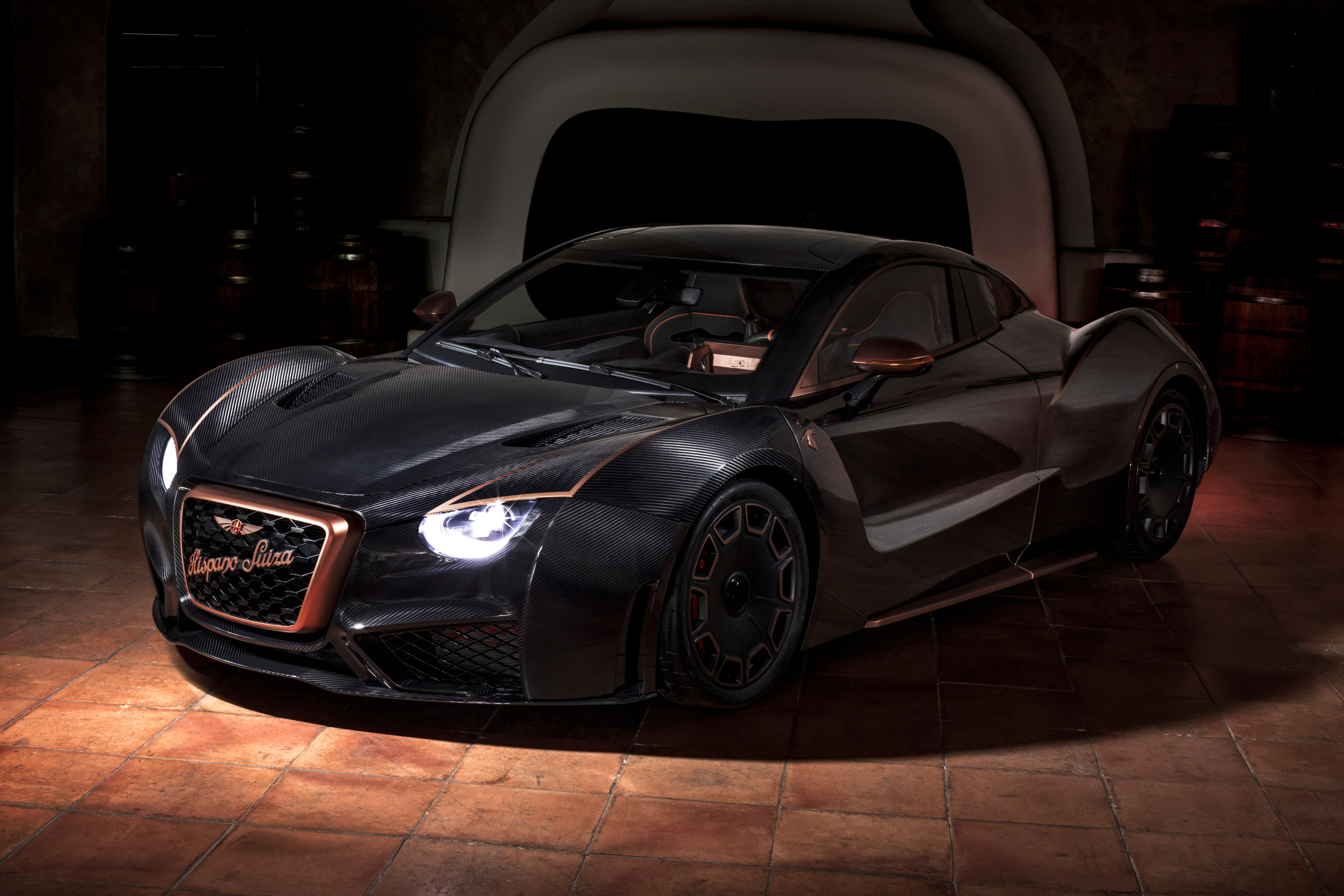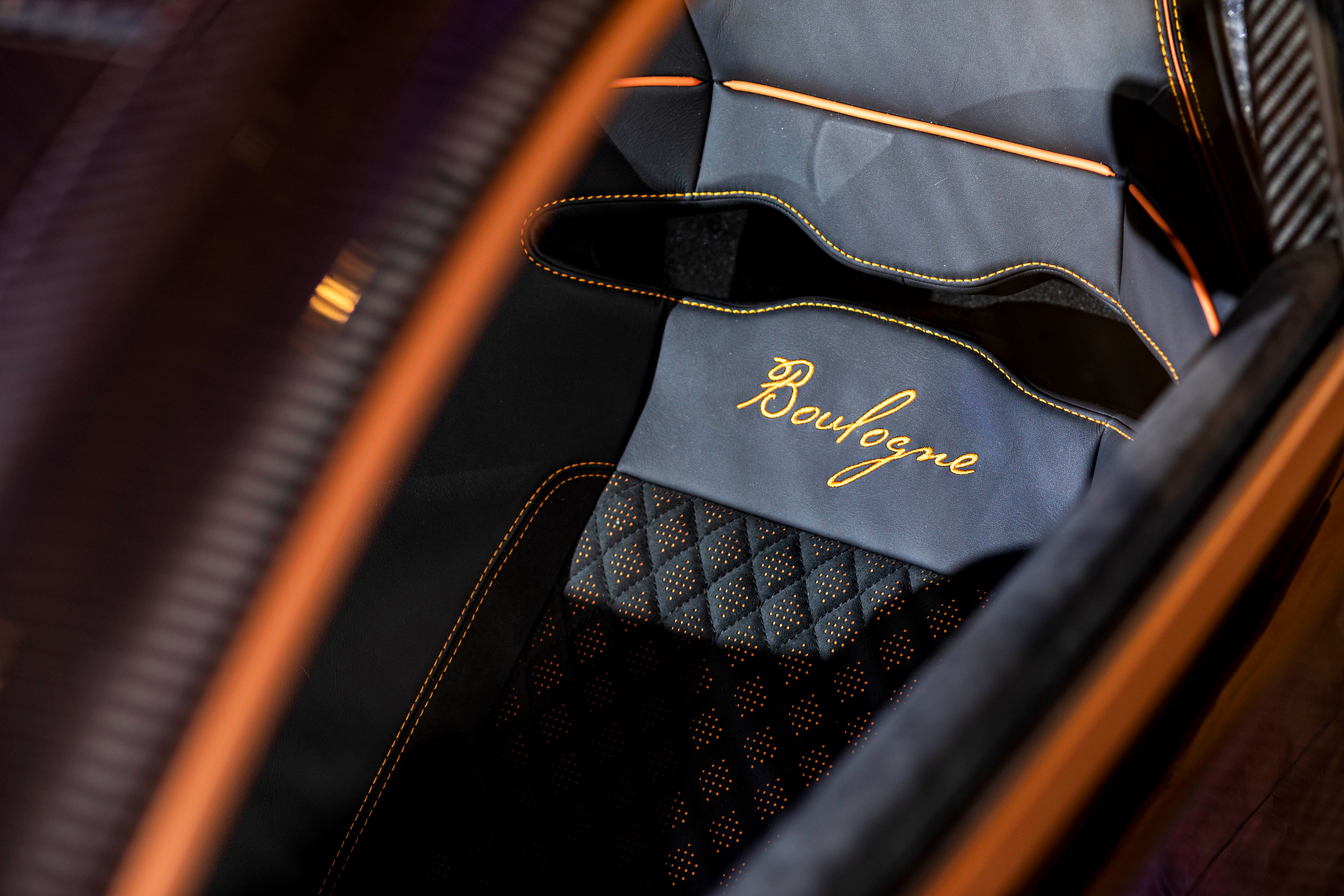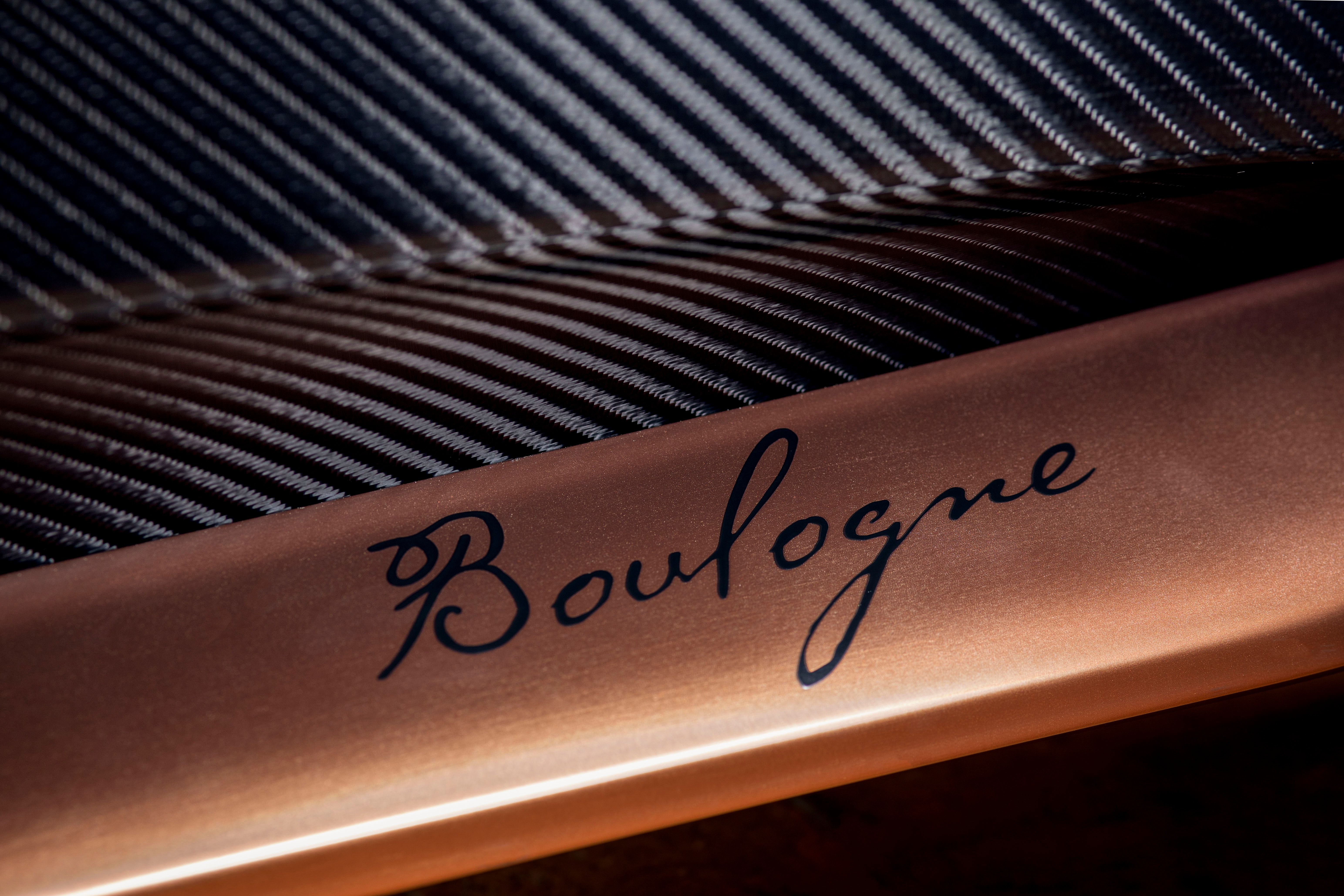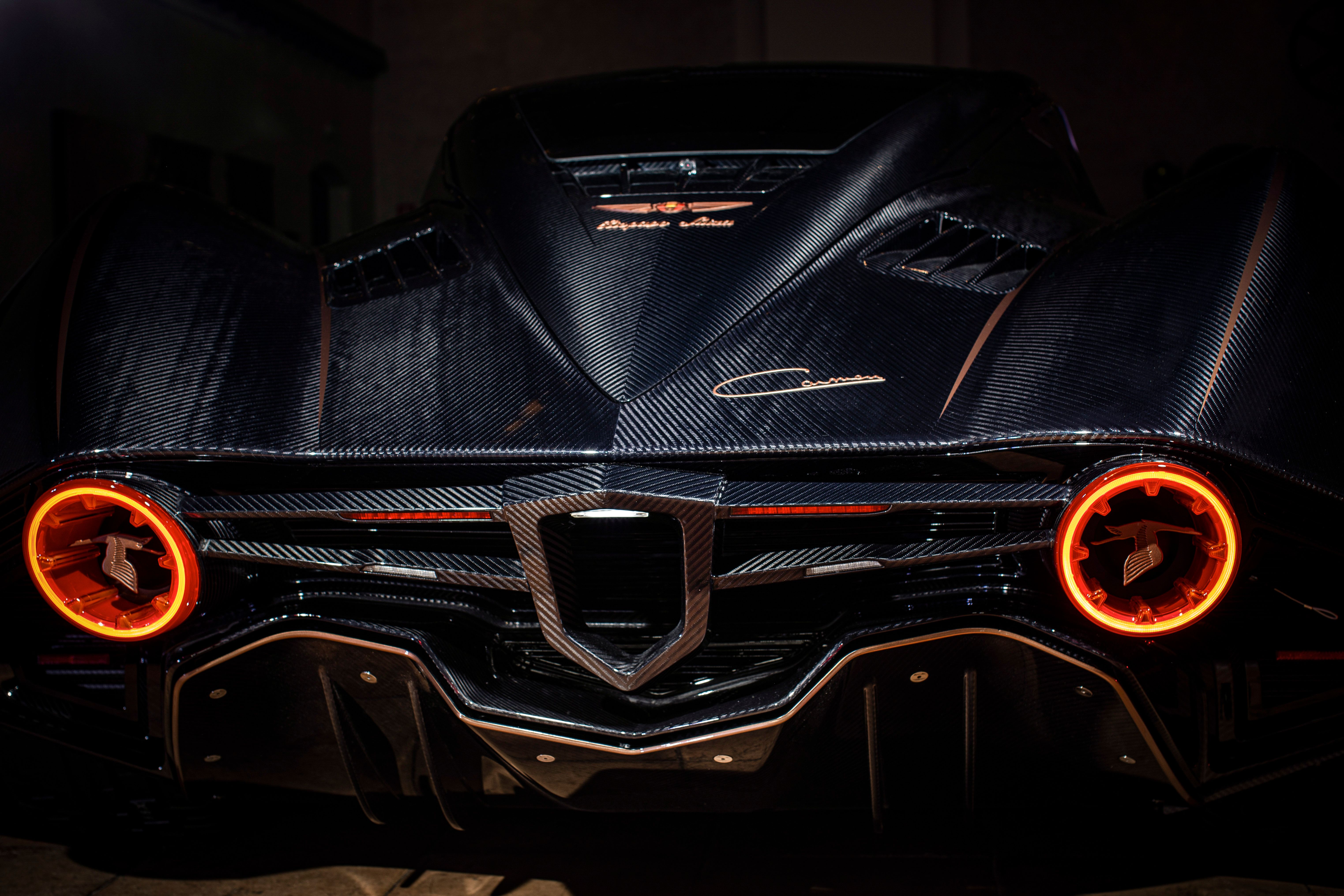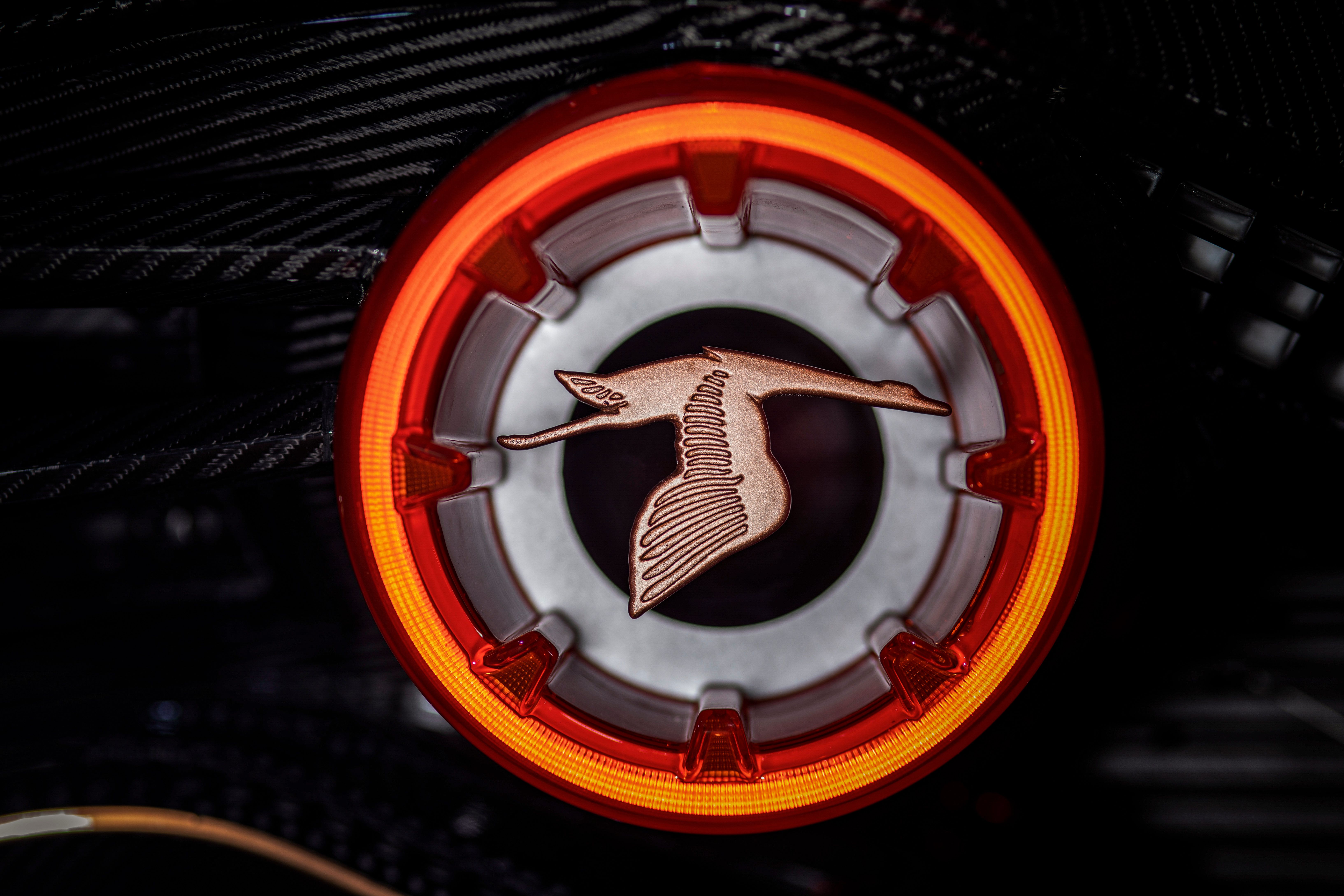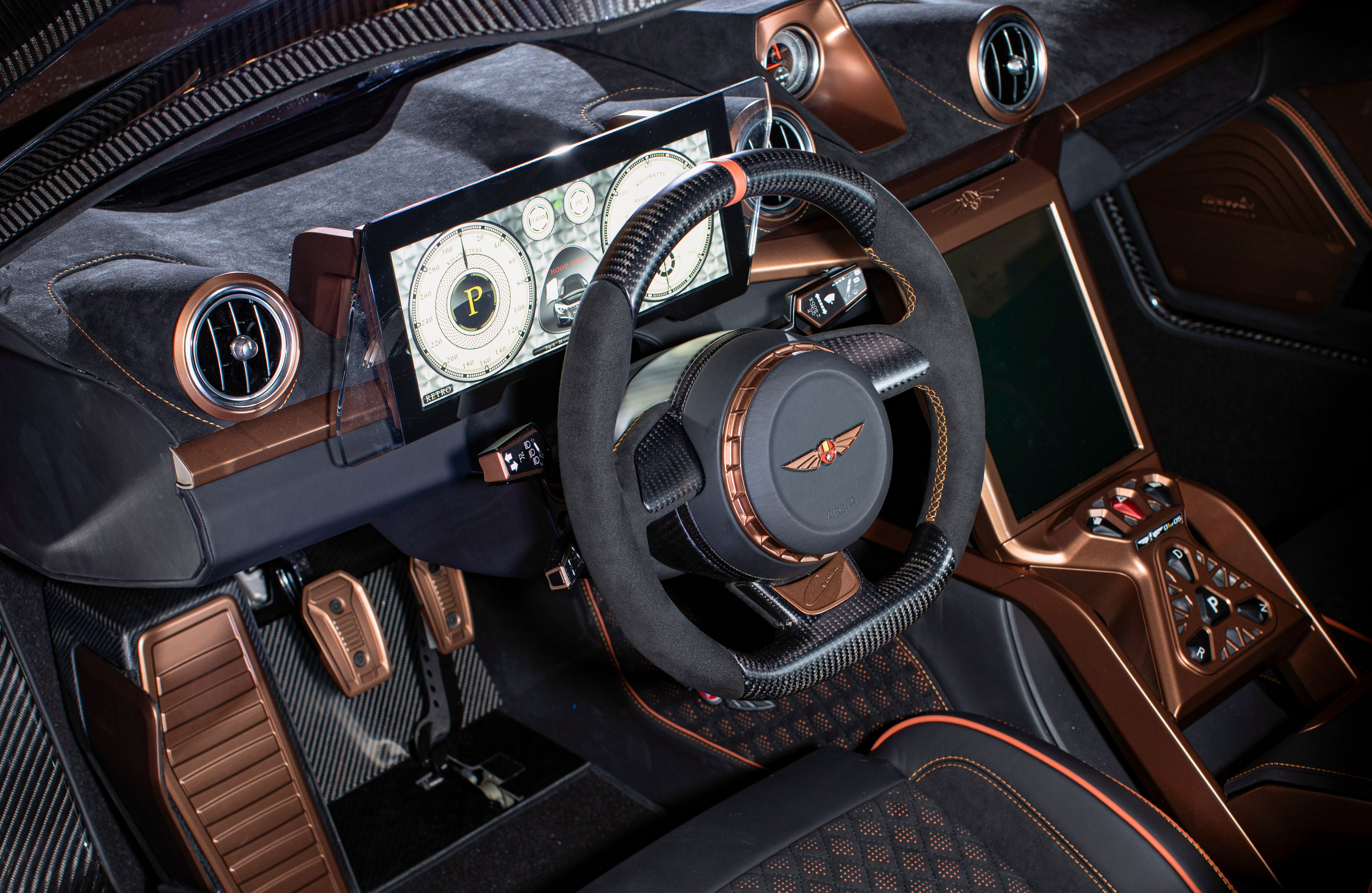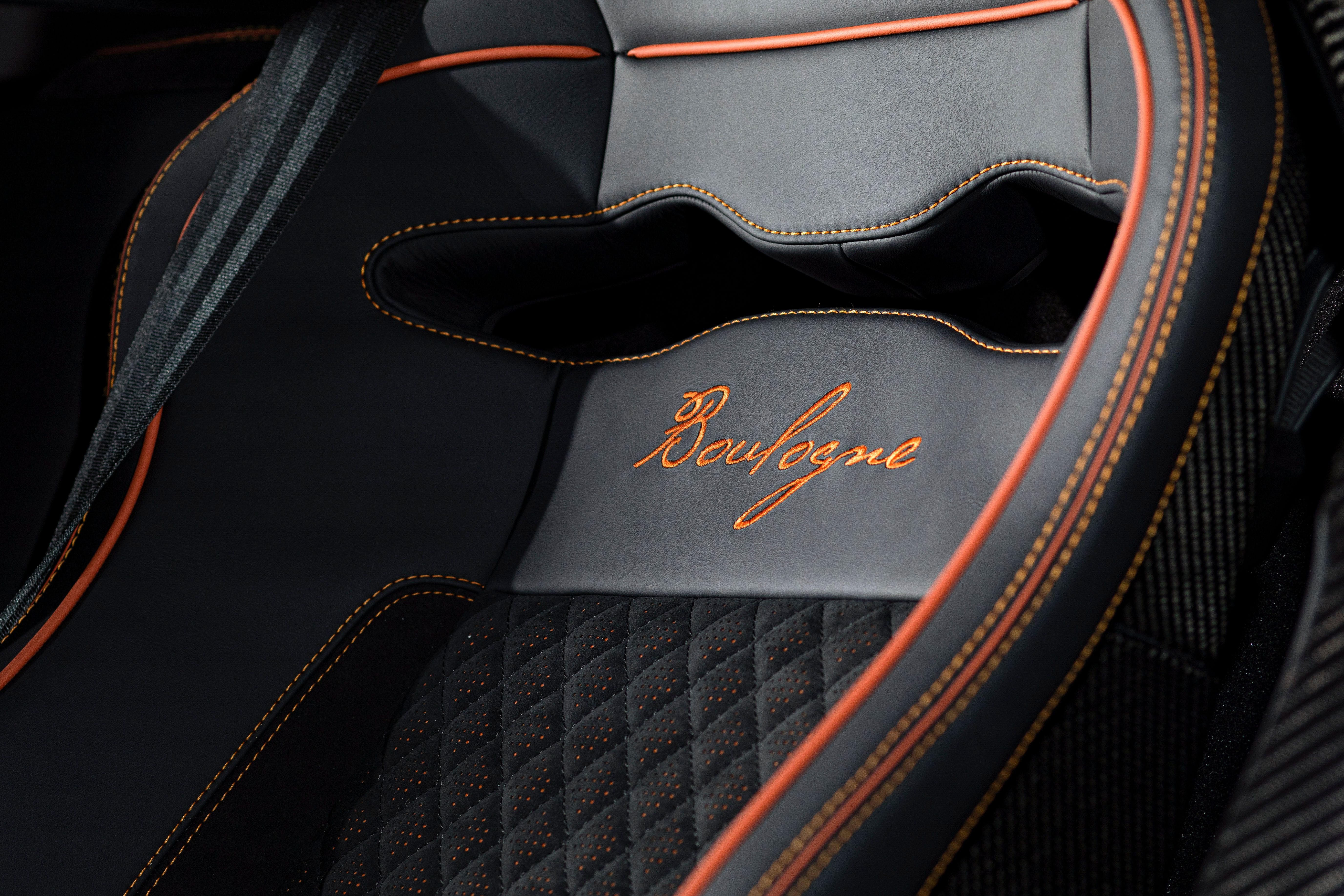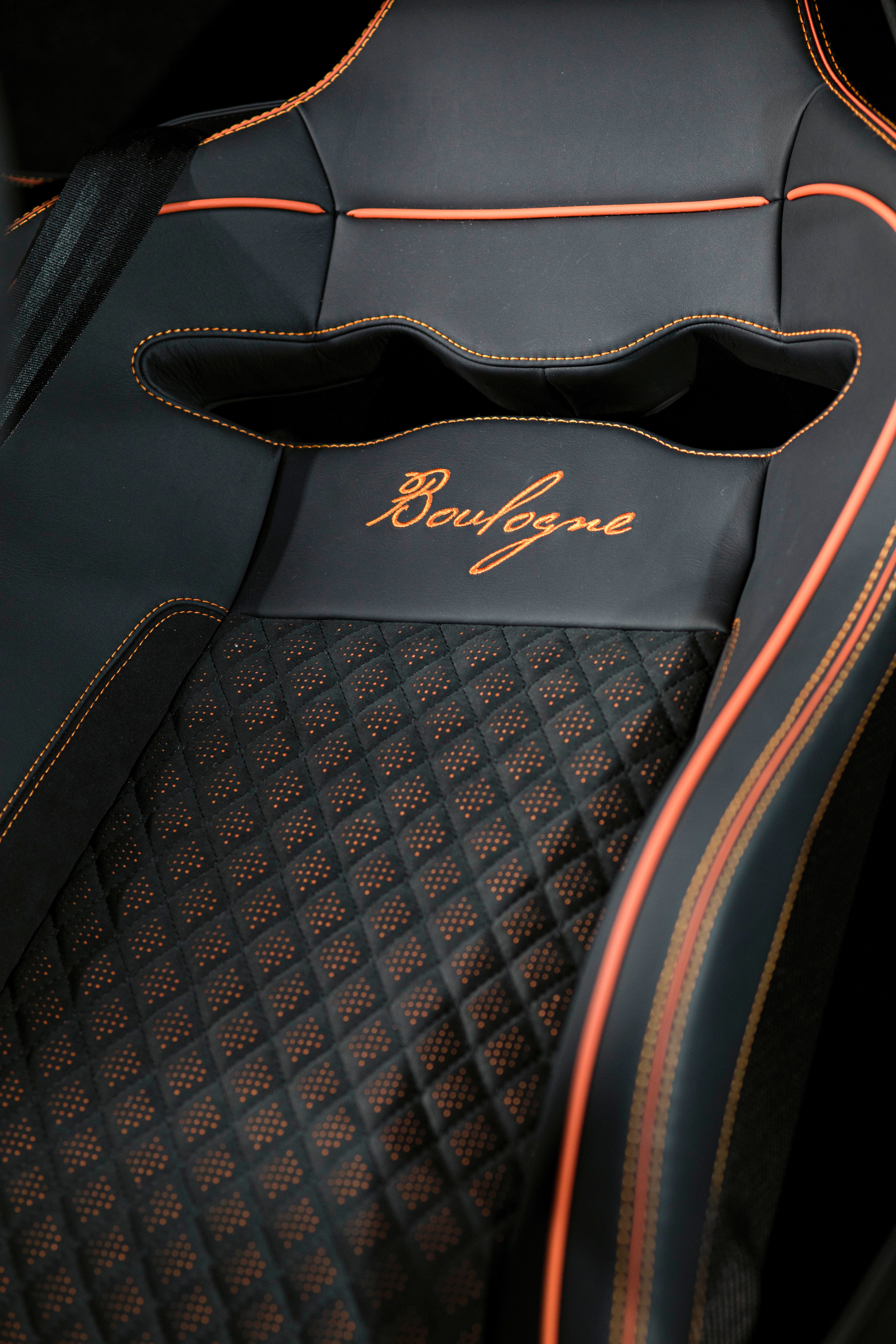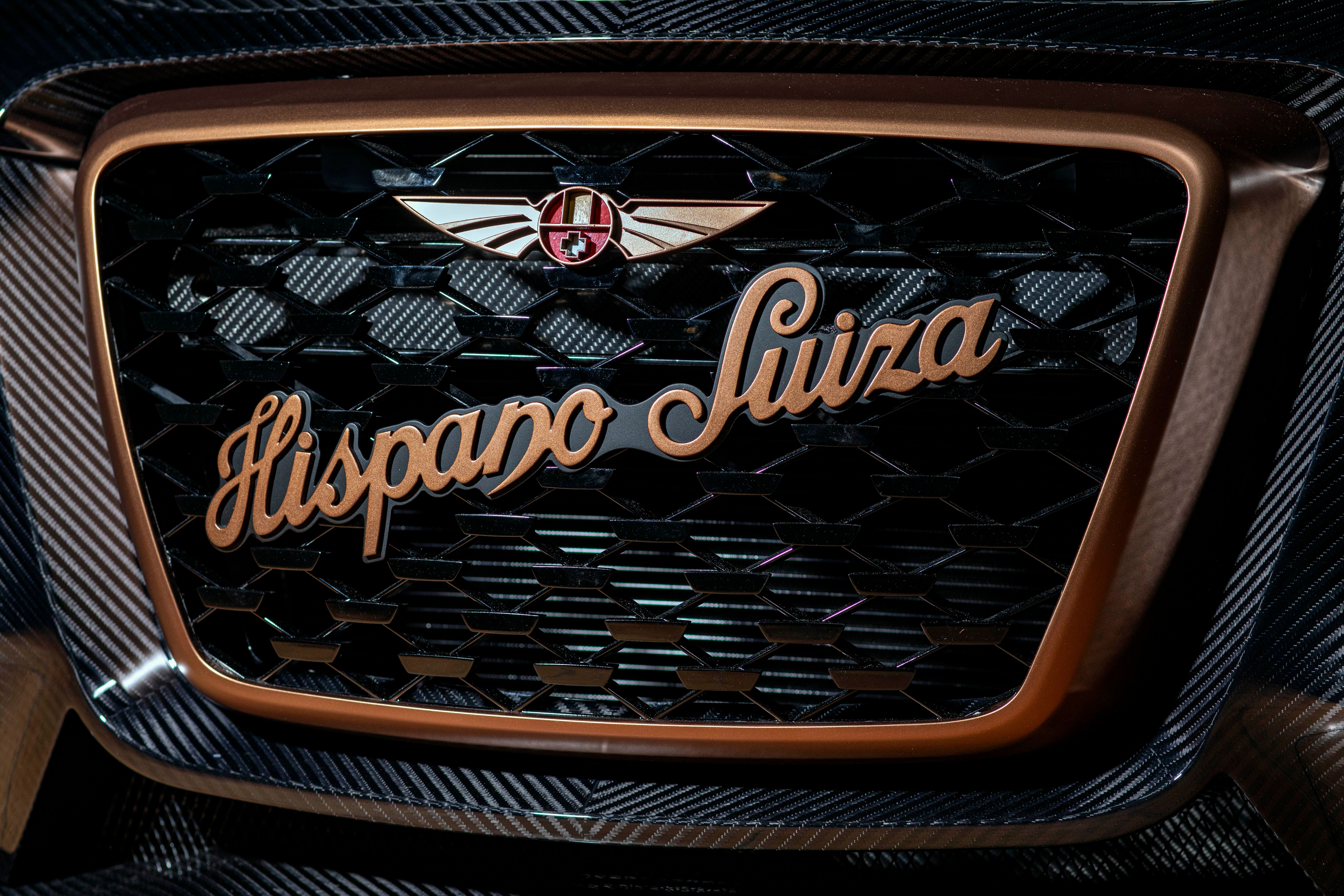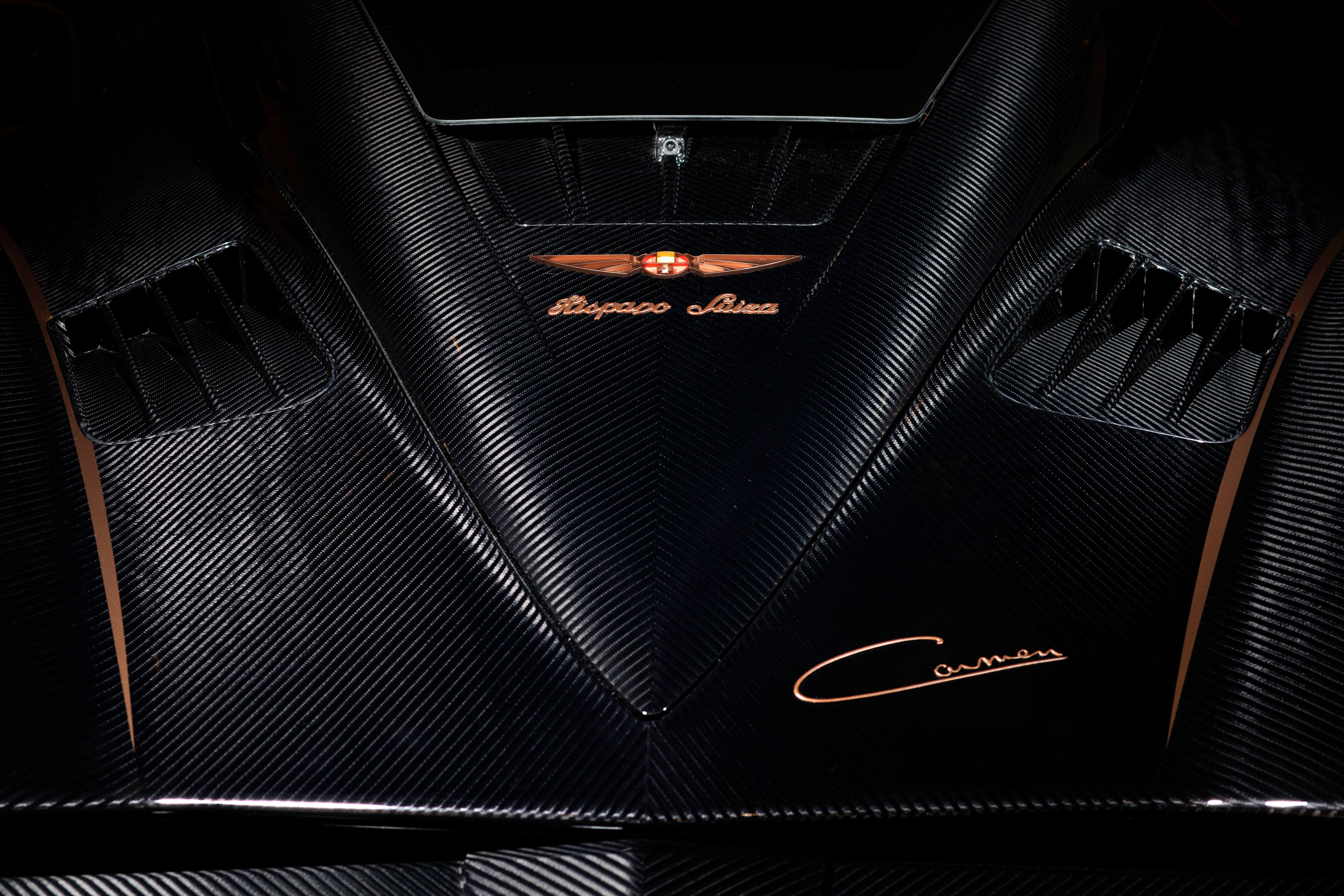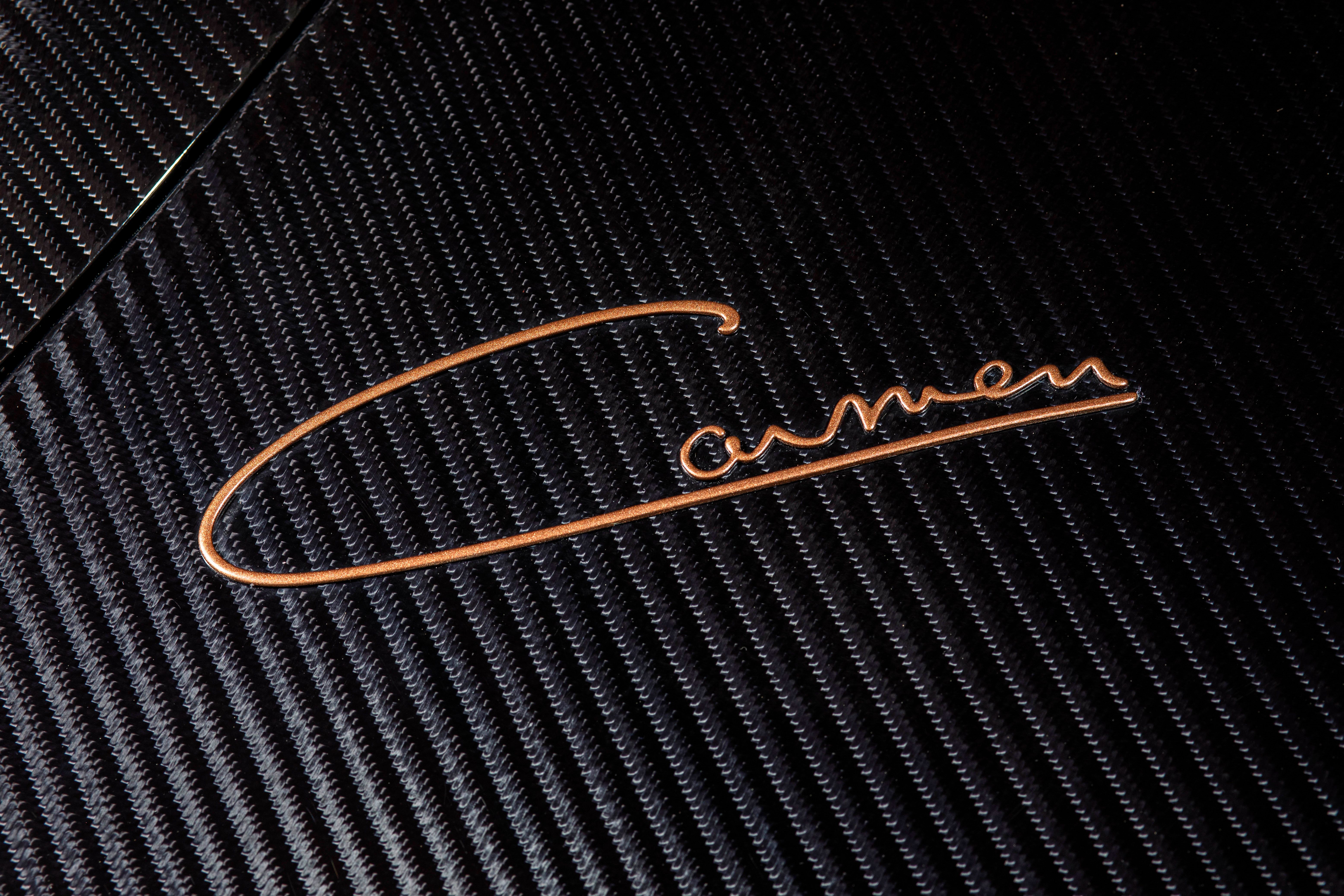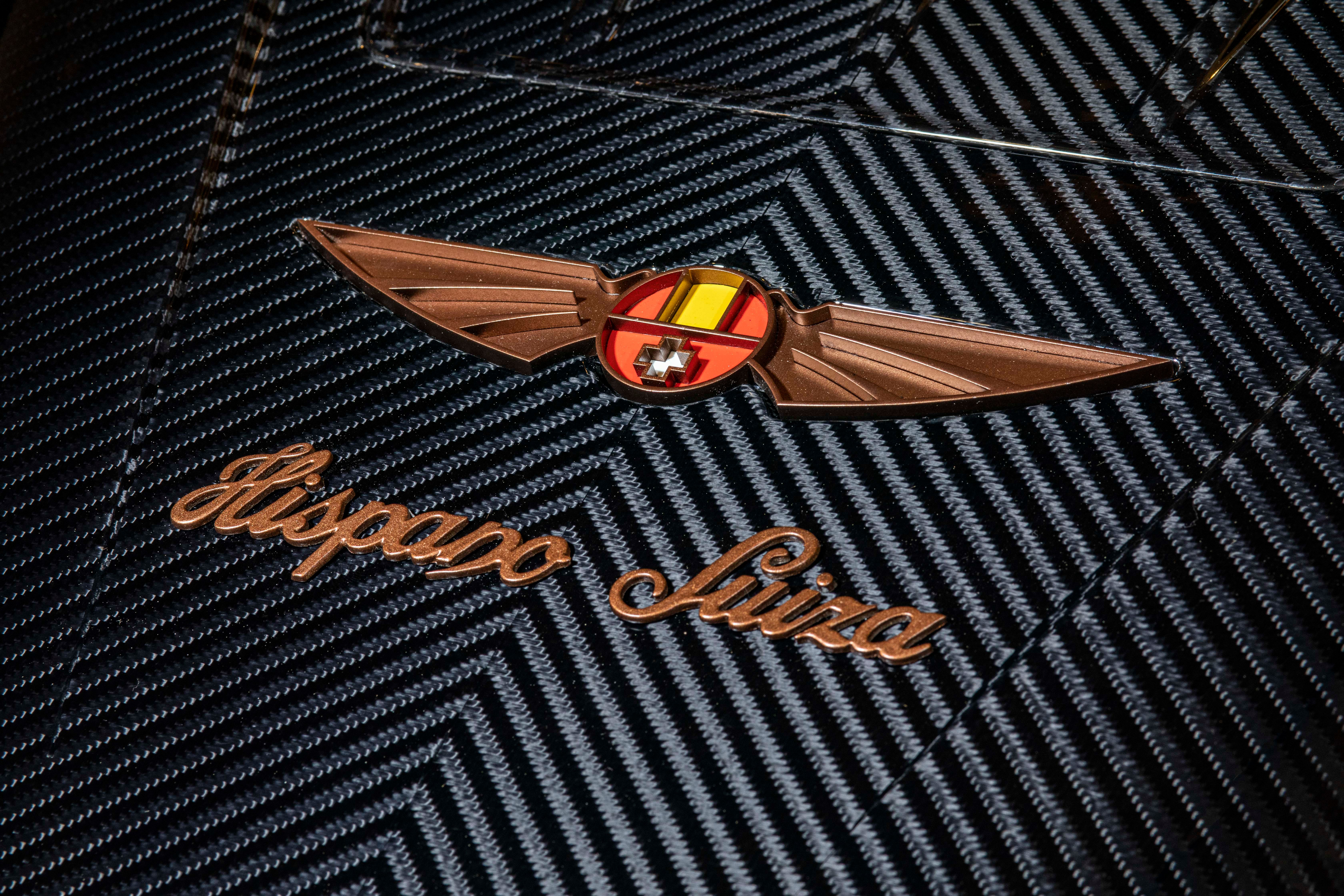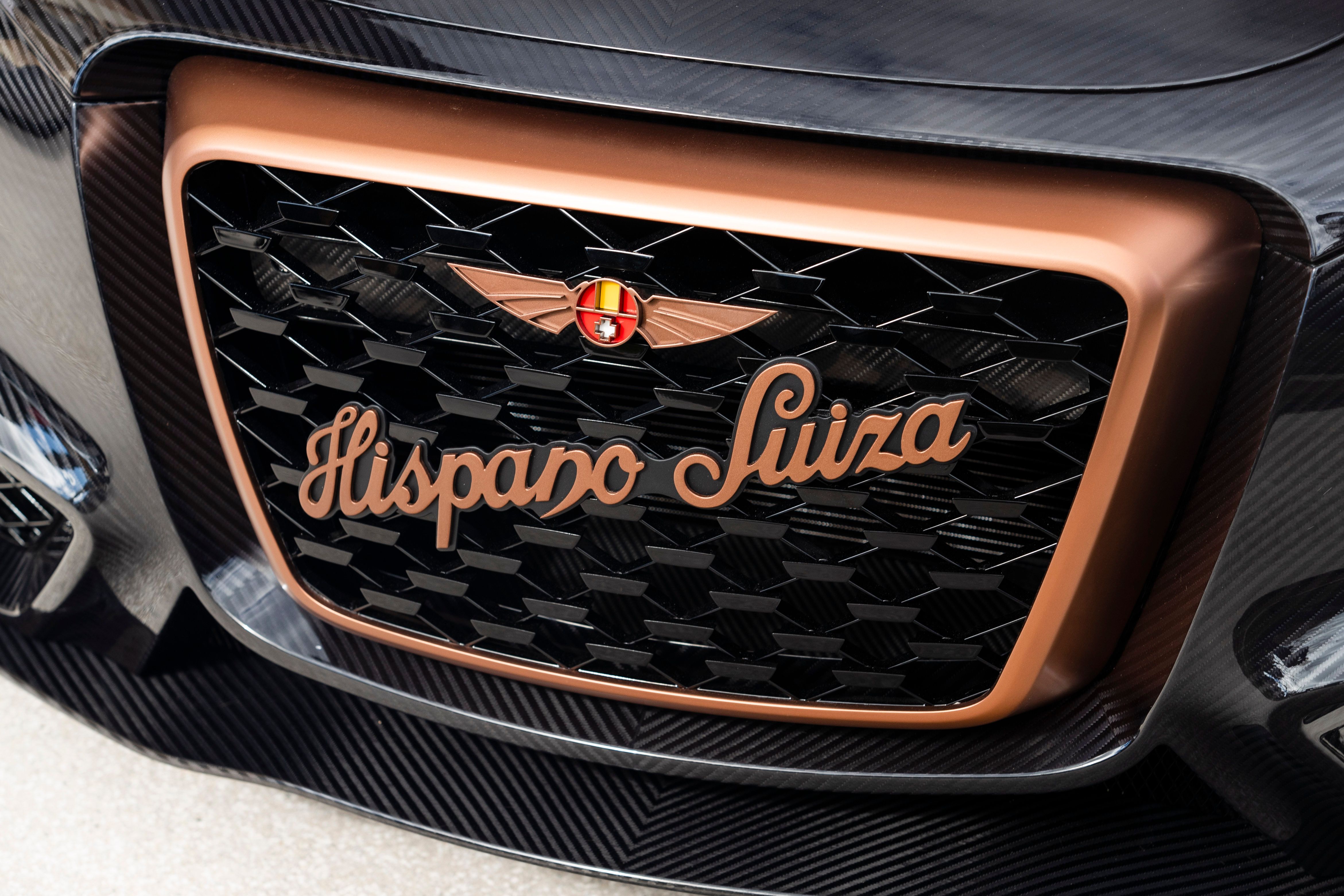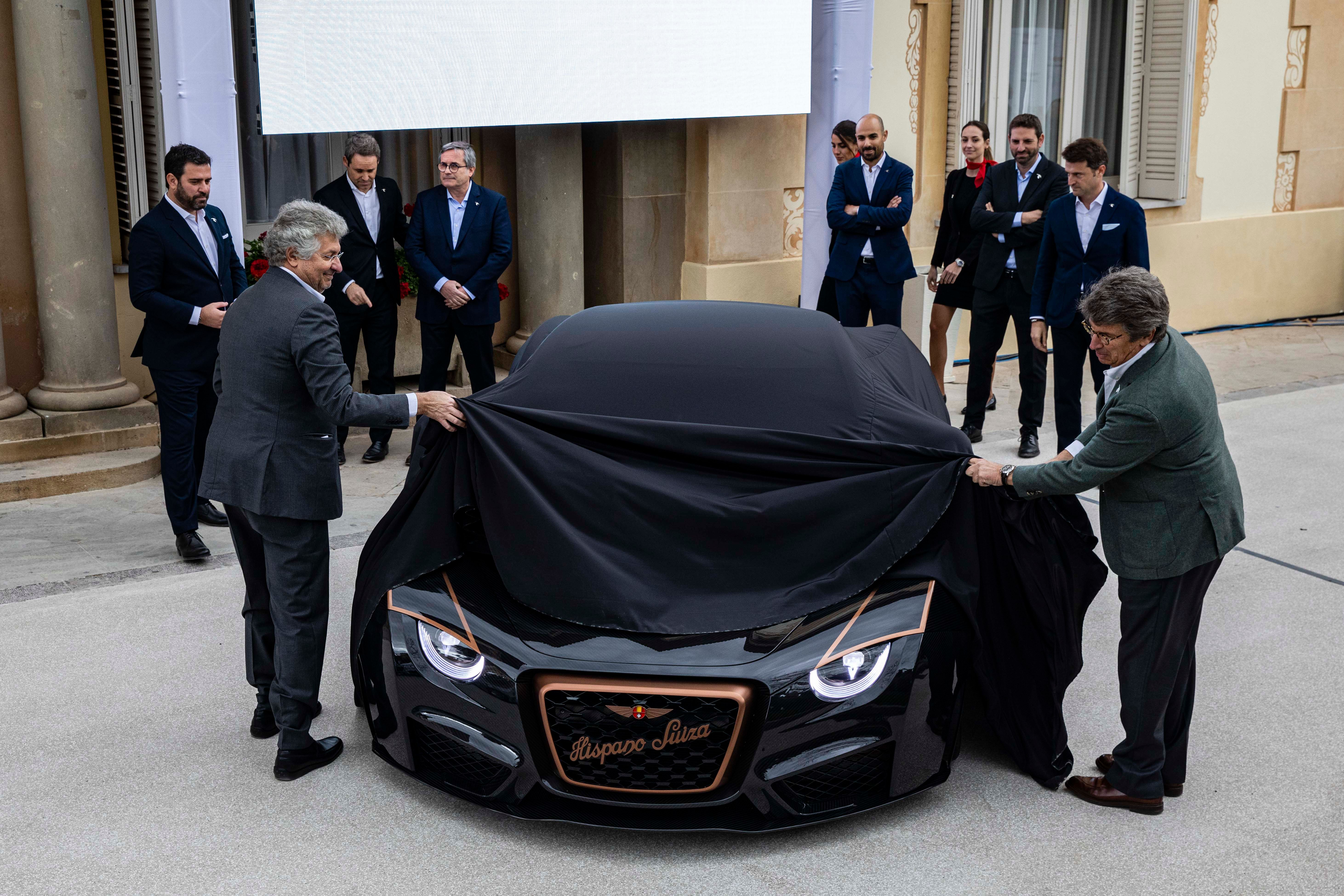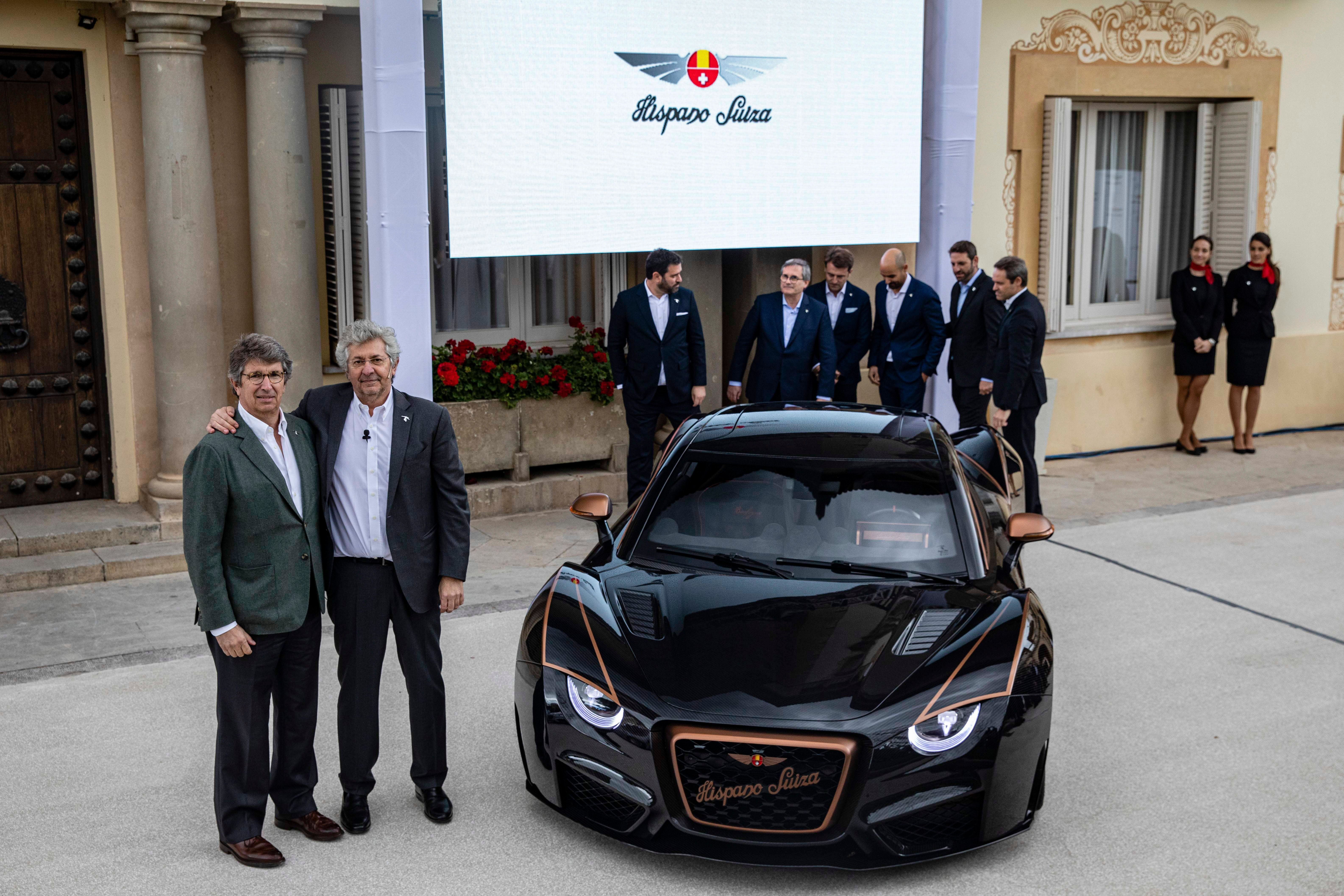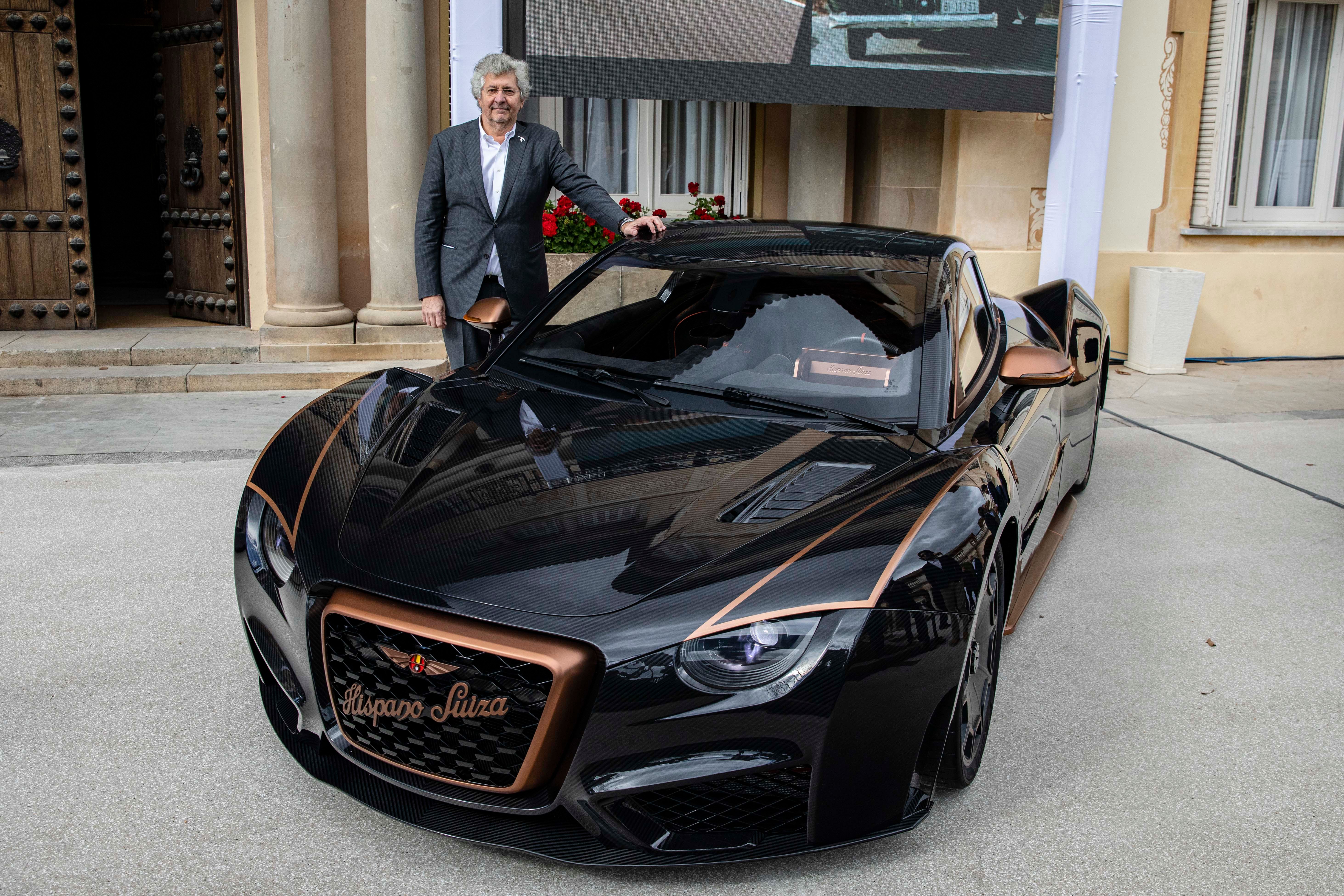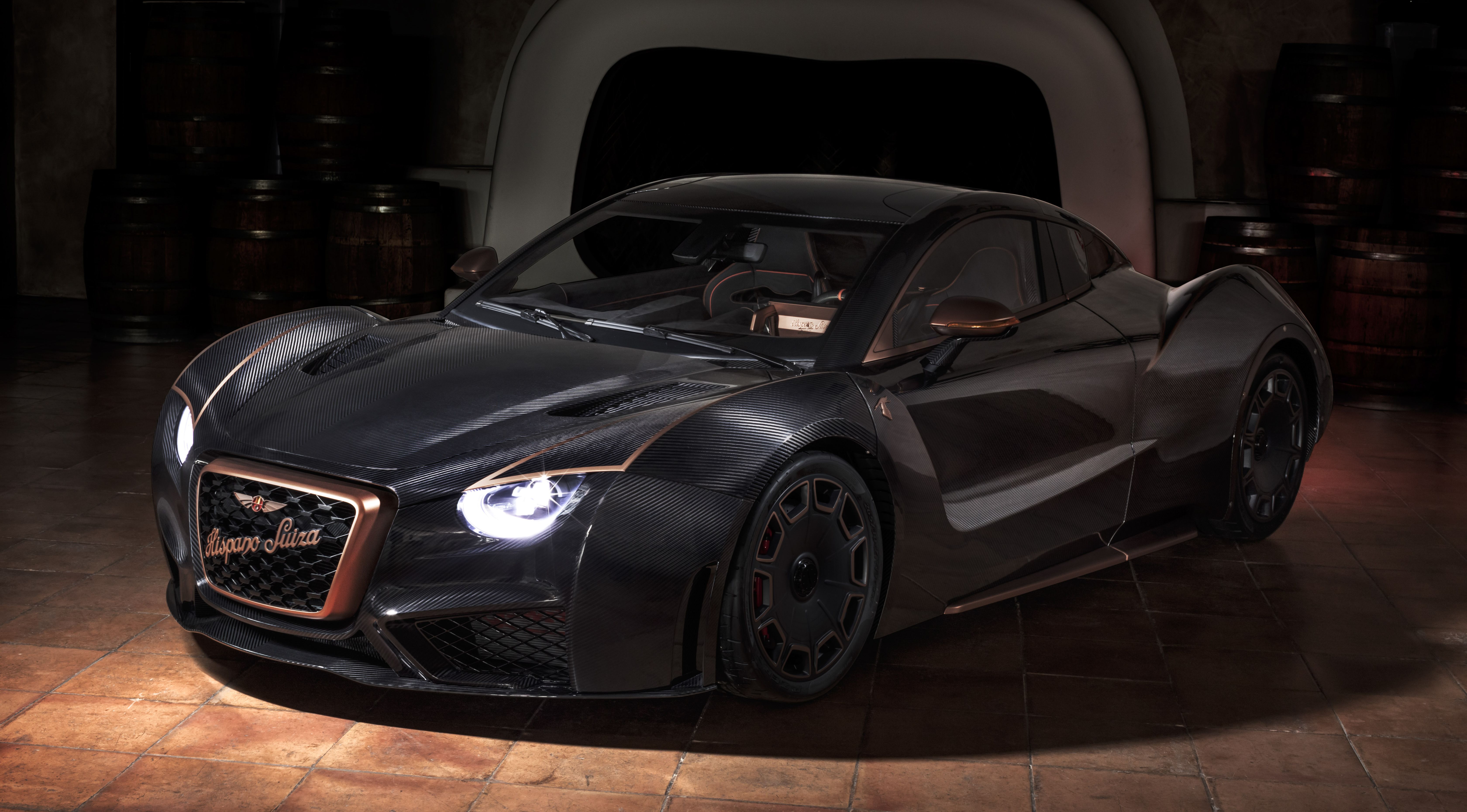Hispano Suiza is back again at the Geneva Motor Show (well, not exactly, but you get the gist) with a motorsport-inspired iteration of its existing Carmen, called Carmen Boulogne.
This electric hypercar is a pumped-up version of the Carmen that was unveiled at the 2019 Geneva Motor Show. The Carmen Boulogne is lighter than the standard Carmen and produces 1,100 horses. Hispano Suiza said that it will build only five examples and as expected, the price will run in the millions.
2022 Hispano Suiza Carmen Boulogne
- Make: Array
- Model: 2022 Hispano Suiza Carmen Boulogne
- [do not use] Vehicle Model: Array
<
Hispano Suiza Is Older Than Rolls-Royce, Cadillac, and Bugatti
The Hispano Suiza entered the automotive fray back in 1900. It was known to be one of the most luxurious marques in its time, giving stiff competition to Bugatti and Rolls-Royce. Hispano Suiza Cars made a comeback at the 2019 Geneva Motor Show after more than 70 years.
In case you got confused, yes, there are two companies named ‘Hispano Suiza’ in the auto industry. One is Hispano Suiza Cars, subsidiary of a Spanish conglomerate called Grup Peralada that is primarily into the food and leisure business - the Carmen is this company’s product. The other company is called the Hispano Suiza Automobilmanufaktur AG, which launched the Maguari HS1 GTC at last year’s Geneva Show.
The Carbon Fiber Monocoque Looks Swell
While the face looks alright, the honeycomb grille looks out of place because of the thick copper-colored borders. The Bentley-esque logo is placed here along with “Hispano Suiza” lettering. That's a neat touch because people are largely unfamiliar with the brand. There is exposed carbon fiber with a gloss clear coat over the top as well. The round taillights are a carbon copy of the ones used by some Ferraris and a layman might confuse the Carmen Boulogne from the rear with a Ferrari 458 Italia.
On the inside, the Carmen Boulogne looks plush and premium. Unlike the Carmen, the Boulogne doesn’t feature wood trims; instead, it comes with suede or black Alcantara. Even the seats are made of carbon fiber composites. The flat-bottom steering wheel looks swell and even features a couple of buttons. A 10.1-inch touchscreen system takes care of the infotainment needs. The race seats with integrated headrests are embroidered with “Boulogne” in a stylized font.
1,100 Horses At Your Disposal
The Carmen Boulogne is a follow-up car to the standard Carmen.
The hypercar produces 1,100 horses and 1,180 pound-feet of torque. To put things into perspective, the torque figure is the same as the Bugatti Chiron. The Carmen Boulogne can sprint to 62 mph from a standstill in 2.6 seconds, before topping out at 180 mph. The standard Carmen’s top speed was electronically-limited to 155 mph.
The Range Is Similar To The BMW i4’s
The Carmen Boulogne comes with an 80-kWh lithium-ion polymer battery pack placed in a T-shape in the center of the car and behind the seats. The powertrain and battery were liquid-cooled by three radiators placed in the front of the car. The company claims a range of over 249 miles on a full charge. Hispano Suiza also says that the battery can be charged from 30- to 80-percent in 30 minutes using a fast charger.
This comes courtesy of revised suspension components, a new sub-chassis, and a carbon roof. Speaking of the chassis, the company has tweaked it and claims that it delivers “exceptional dynamics”. The Carmen Boulogne’s drag coefficient is lower than that of the Porsche Spyder, Ferrari F12, and Koenigsegg Agera R.
Conclusion
The car is priced at €1.65 million, which is approximately $1.84 million, and about $120,000 more than the standard Carmen. Deliveries are set to begin in 2022.
2020 Hispano Suiza Carmen Boulogne specifications
|
Body type |
2 doors, 2 seats, Grand Tourer |
|---|---|
|
Top speed |
290km/h |
|
Cd |
0.325 |
|
Mileage (NEDC) |
≥400km |
|
Energy consumption |
<24.0kWh/100km |
|
Gradeability |
≥30º |
|
Turning radius |
12.5m |
|
Length |
4733mm |
|
Width |
2040mm |
|
Height @ 100mm |
1242mm |
|
Wheelbase |
2800mm |
|
Kerb weight |
1630kg |
|
GVW front load ratio |
40% |
|
0-100km/h acceleration |
<2.6s |
|
Driving modes |
(Sport, Eco, Comfort) |
|
Motor and transmission |
|
|
Type |
PMSM |
|
Cooling |
Liquid cooled |
|
Controller |
SiC Mosfet |
|
Layout |
2 x rear (410kW) |
|
Maximum power |
820kW (1114PS) |
|
Maximum torque |
1,600Nm from 0-6500rpm |

